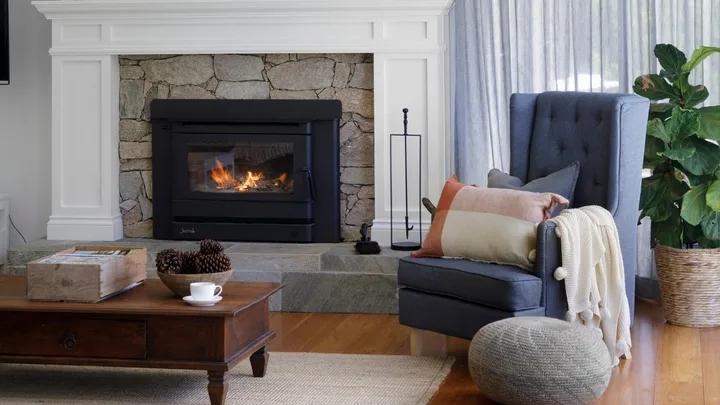As the winter chill sets in, feeling warm and cosy is key to an inviting home. Unfortunately, Australian houses are notoriously bad at staying warm, leaving many of us feeling even colder inside than out. While the obvious solution might seem like simply turning up the heat, retaining warmth requires a higher degree of thermal efficiency – and this is something that more Australians are catching onto.
“Aussie homeowners are turning to home improvements to keep their homes warmer and more efficient,” says Darcy Stewart, Director of Stewart Electrical Group. “According to hipages, demand for energy-saving improvements is climbing fast, with glass and glazing jobs up 68%, heater installations up 38%, and insulation work up by 34% in May alone.”
These upgrades don’t only help you stay warm but help you save money on your power bill in the long run as well. Below, we share eight ways to make your home more energy efficient.
How to make your home more energy efficient
1. Rugs add warmth
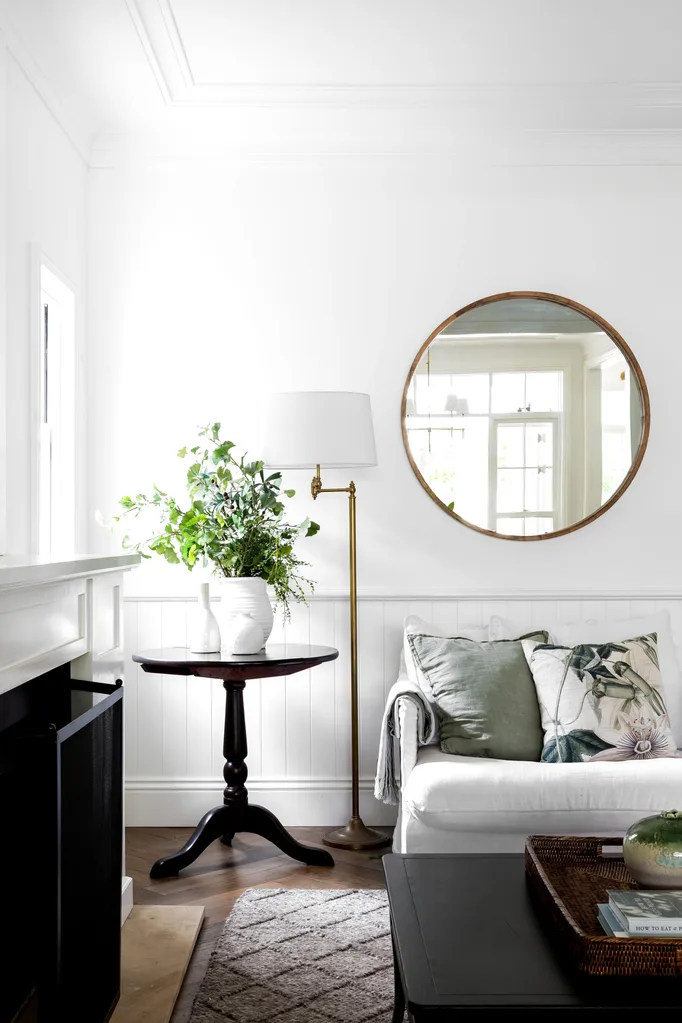
If you have hard flooring like timber or concrete in your home, choose a rug with natural insulating properties, such as wool, to add a layer of protective warmth to flooring and prevent heat loss through the floor. Not only will this increase your home’s thermal capability, it feels great underfoot and will protect those feet from chilly surfaces.
2. Window treatments preserve heat
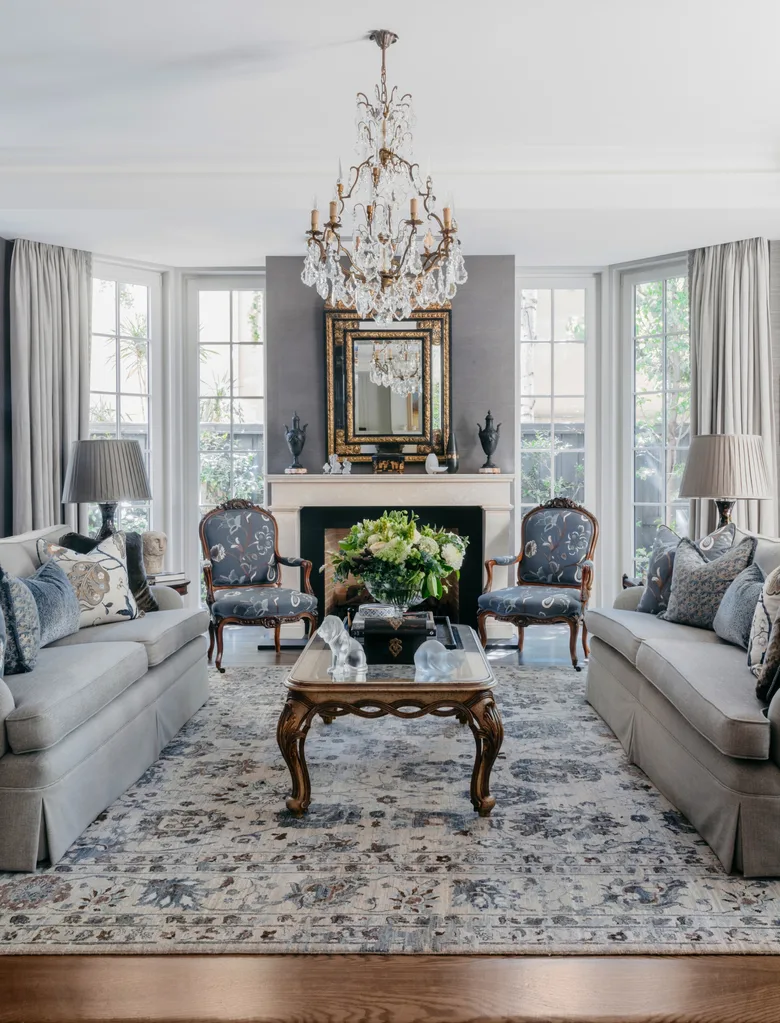
According to Sustainability Victoria, a single pane of glass can lose almost 10 times the heat as the same area of insulated wall. That means it’s essential to cover windows and doorways with blinds, curtains or screens. During the day, allow the sun to shine in and warm up those interiors, and as the temperature drops, pull them shut to trap heat inside. For a dash of extra beauty, choose a subtle print on a Roman blind, or keep it elegant with a traditional heavy curtain – either will instantly increase your thermal efficiency.
3. External protection adds another layer of heat protection
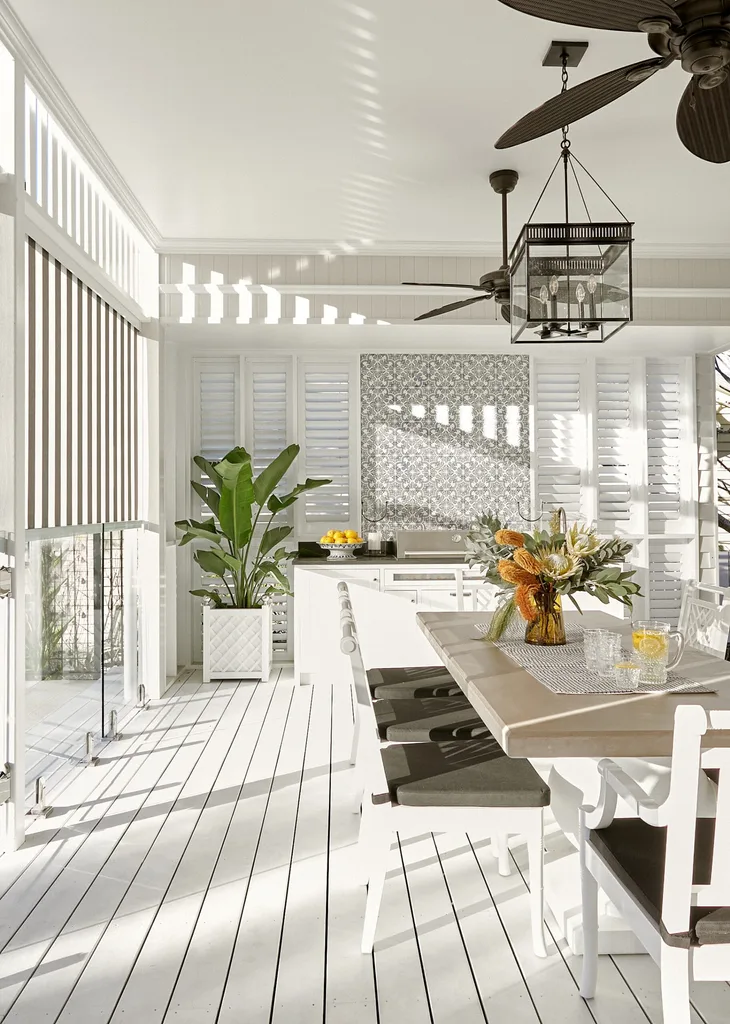
The same rule above applies to the outside – think of an exterior blind or awning like adding a jumper to your home. If your living area extends to an outdoor entertaining area, an awning can also make a big difference during summer by adding extra shade. This is a good option if you don’t want to use heavy window coverings indoors, as the awning can provide the same function, albeit at a distance, but a combination of indoor and external blinds will maximise efficiency.
Much thicker and stronger than blinds, external shutters can also make a notable difference to the heat level indoors. Smart home automation is making this a more attractive proposition, as the obvious drawback is having to head outside at dusk and dawn to open and close them.
4. Energy efficient heating will save you money
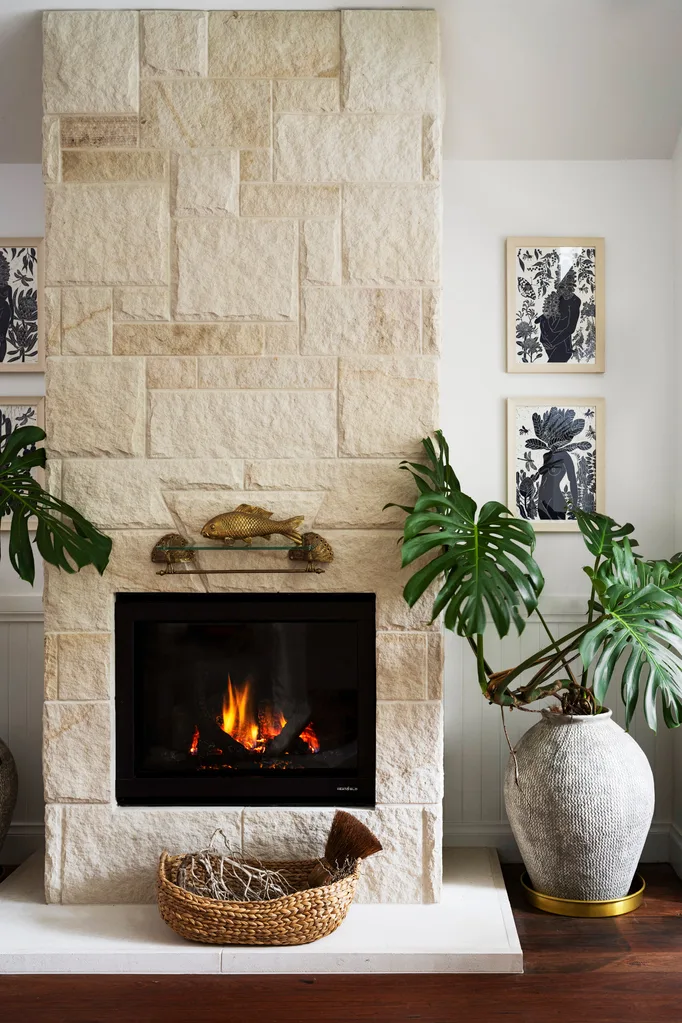
Unefficient heating is one of the biggest energy wasters in Australian homes, according to Darcy Stewart, Director of Stewart Electrical Group.
“Electric heaters use a large amount of electricity, especially when left running for long periods or used in poorly insulated areas,” explains Darcy. “Running heating or cooling for eight hours a day can cost about $1,500 a year.”
According to the Australian Government’s Energy Rating website, reverse-cycle airconditioners are the most energy efficient way to heat your home. On the opposite end of the scale, portable fan heaters tend to be the least efficient, according to Climate Council.
If you can’t install a reverse-cycle system then you can still opt for a more energy-efficient portable heater by checking the energy rating for an idea of how effectively the heater converts energy into heat. It’s also a good idea to choose a heater based on the size of the space you need to heat – a small heater might not be able to heat up a large room while a large heater may waste energy that isn’t needed in a small space.
The way you use your heater can also make a difference to your home’s energy efficiency. If your heater has a timer then setting it for half an hour before you wake up can take the chill of the room and prevent the need for heating the rest of the day. Likewise, timing or turning off your heater when you get into bed can also save money and energy. It’s more energy efficient to warm up with a hot water bottle and cosy winter bedding than running the heater all night.
5. Solar power can reduce your energy bill
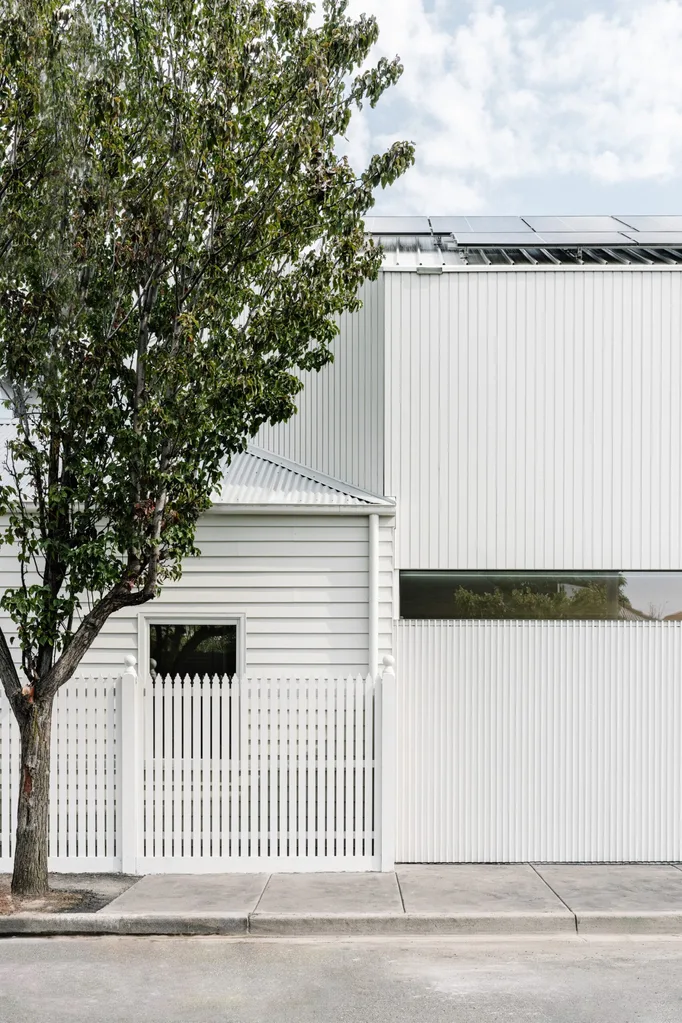
Installing solar panels can help you make the most of Australia’s abundance of sun and reduce your reliance on the electricity grid. While allowing your home to run off solar during the day, your energy retailer will also pay for the energy you send to the grid, which will discount your use in the evenings. You may even choose to take advantage of the recent The Cheaper Home Batteries Program and install a home battery, allowing you to use your excess solar power when you need it. You can read more about how a solar battery works here.
6. Ceiling insulate prevents heat loss
If you’re prepared to make the investment, ceiling insulation can reduce your home’s winter heat loss by 25 to 35%, according to The Department of Climate Change, Energy, the Environment and Water.
7. Blocking up gaps helps retain more heat
Letting heat escape through unsealed windows and doorways is a common problem in Australian homes. To prevent this from happening, you can seal up your windows and doors with weather-sealing strips and fabric door stoppers. Similarly, make sure that interior doors are closed and sealed when heating a room.
8. Replacing your light bulbs will save you money
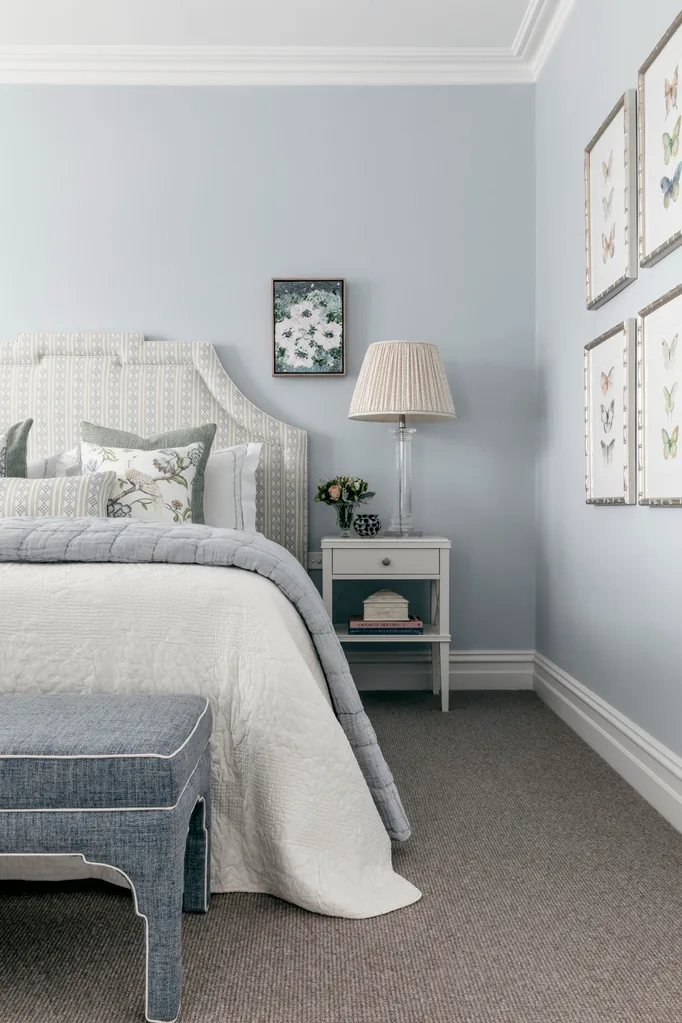
According to The Department of Climate Change, Energy, the Environment and Water, LED bulbs use about 75% less energy than halogen light bulbs and last 5 to 10 times longer. Therefore, it’s a good idea to swap out any remaining halogen or incadescent bulbs for LEDs.
